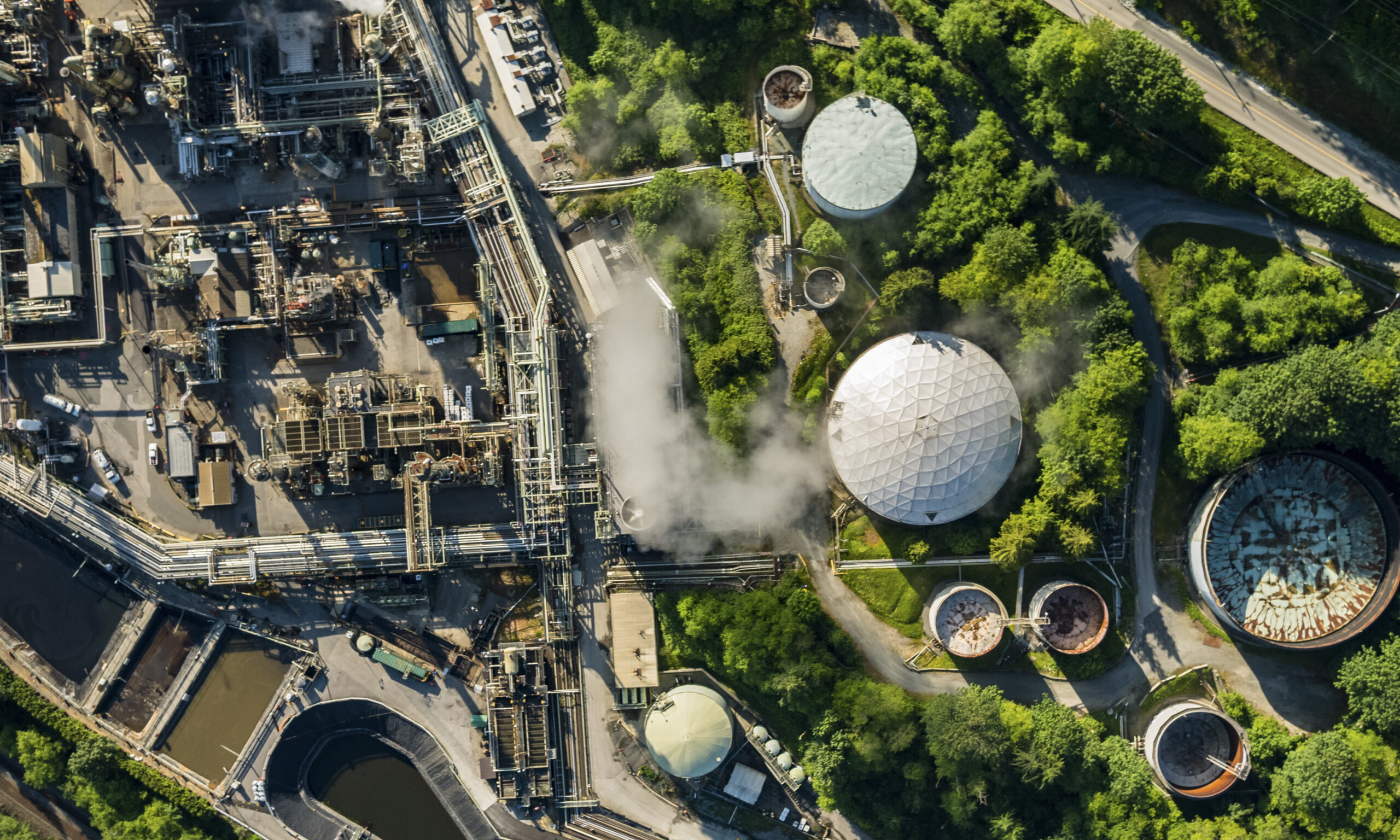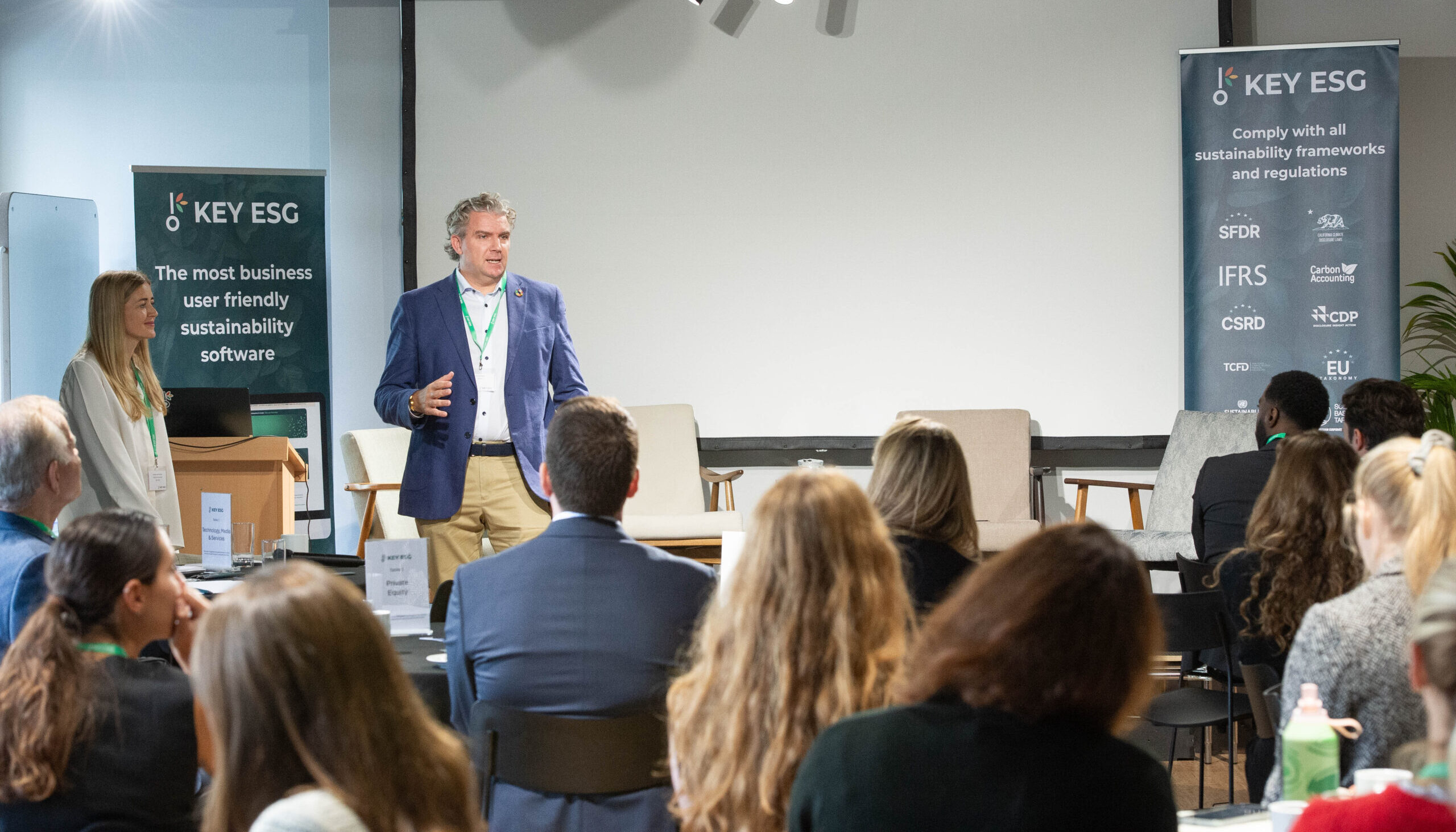Even in crisis, proven tools give business leaders the power to shape pathways to future value. In this confusing, complex and fast-changing environment, we’d like to offer some practices and tools to help business decision-makers explore an uncertain future together with their teams and key stakeholders.
Our hope is that leaders find pathways through this crisis that enable their business to create exceptional value for all their stakeholders. When we emerge from this crisis, we will need – more than ever – regenerative growth that creates prosperity for many, contributes to a stable climate system and healthy environment, and balances short-term dynamism with the needs of future generations.
Our current situation feels unprecedented and chaotic. Some have labelled it a black swan event: unforeseeable and unpredictable with significant consequences for all. But it was foreseen. Public health experts and national security planners had warned in recent years that we were dangerously underprepared for a global flu pandemic (also Bill Gates, more than once), but clearly we did not adequately prepare.
It would be wise to learn from this experience, to ensure we don’t again underestimate the consequences of our tight interdependence, with all the complexity and volatility it brings. While securing the basic survival of organisations and societies through the current crisis, we must also start to imagine and prepare for the new “normal” that we may emerge into.
Imagining this new normal requires some creativity. Thinking creatively about the future, without the cognitive biases and the industry lenses that so often limit our imaginations, can be challenging. In our experience at Xynteo, it is vital to seek diverse perspectives – including from your stakeholders – to avoid these biases and improve your ability to detect emerging patterns. Over the last five years we’ve been working with groups of executives participating in Xynteo’s Leadership Vanguard programme, an experience that is designed to help executives expand contextual awareness, think creatively about the future, and build systems leadership skills. We’ve brought together diverse sector perspectives – our partners have included Baker Hughes, DB Schenker, Energias De Portugal, HSBC, International Committee of the Red Cross, Mastercard, Shell, Tata Sons and Unilever – to enable executives to learn from each other and from new stakeholder ecosystems, including start-ups, future customers, NGOs and governments.
Here are some tried-and-tested practices and tools that business leaders can use to explore the future and find pathways through this crisis.
1. Gather a wide range of intelligence about possible futures
Horizon scanning is important to sense the patterns before they become major trends affecting your organisation. At a time like this, it’s possible to see the patterns we want amidst the complexity, and shape only narratives that suit us. To avoid groupthink, get out of your usual information flow, and seek perspectives that you don’t normally hear, from very different sectors, fields of expertise and world views. Seek divergence and embrace disagreement. A Fortune 50 Oil and Gas company client we worked with benefited from this practice: by exposing the dominant narratives about the energy transition to healthy challenges, they catalysed the development of a new narrative, and triggered a significant reallocation of resources, thus improving the future-fitness of the company.
So, listen for weaker signals of the future that could be composed of new behaviours, new clusters of values, or emerging social norms. In each case, identify the trend and think through some possible longer-term impacts: on society, and on your company. For example, might social isolation and less diverse social connections across society signal a trend towards less cohesive societies? What are the patterns that suggest the opposite trend? At a family-level, could multi-generation socialising through apps like House Party signal a trend for online family gaming? Are we detecting the end of the just-in-time supply chain? If so, how might localisation of supply chains accelerate demand for distributed manufacturing, and how could this shape circular patterns of resources use?
2. Explore the dynamics of change and potential system impacts
When dealing with complex and dynamic systems, systems mapping provides a visual tool to help us think through non-linear networks of cause and effect. This skill is particularly important in times of crisis: often our short-term fixes become tomorrow’s long-term problems. The practice is, on one level, simple: you start building a system map by identifying a few core nodes and drawing out the causal relationships between them. The value of systems mapping comes from the deeper shared understanding you can generate with a group of stakeholders, ideally focussing down on the feedback loops and systems structures that drive patterns of behaviours.
As you map these causal relationships, pause and reflect on the narrative that is emerging, and see what questions this prompts. For example, many governments are extending surveillance of citizens, granting police new powers, and monitoring biometrics including body temperature. This may create a positive feedback loop dampening the spread of COVID-19, but might it also create a shadow feedback loop that incentivises maintaining the surveillance even after the pandemic is under control? How might this affect trust in the holders of massive data sets? In other cases, system-wide consequences of short-term responses will be delayed: the US Environmental Protection Agency’s decision not to enforce sanctions on hazardous emissions will likely result in more negative health and economic impacts in the medium-to-long term.
3. Describe what the multiple futures might look like
When imagining the future, it’s worth building multiple scenarios and then thinking through how to respond in each scenario. Why construct scenarios for the future? A simple extrapolation from the recent past is not very helpful in understanding a complex system that is evolving rapidly. Many carefully-planned roadmaps now lead to nowhere. Contingency plans are helpful, but only for factors that we already understand. For everything else, we need to apply our imaginations to build possible future scenarios. A scenario is simply a story about the future.
But don’t get trapped in fairy-tale stories composed of wishful thinking about our preferred futures: what we want to happen and what ‘should happen’. Don’t limit your scenarios to only probable futures, based on the strongest, current trends in the first horizon. Be sure to imagine scenarios that aren’t favourable to your organisation, and some that seem beyond what is possible viewed from our present position. Again, inviting diverse perspectives from your stakeholder network to co-create scenarios can help you capture a broader spread of possible futures. The trends you’ve identified through horizon scanning and the key dynamics you’ve identified through systems mapping can inform the world you construct within your scenarios.
Here’s a simple way to begin constructing some scenarios in the context of the COVID-19 crisis: choose two drivers of change that are relevant for your business. For example, some recent scenarios have mapped ‘public health responses to COVID-19’ and ‘effectiveness of government economic stimulus’. Plot those two drivers on two axes, then add levels to create the basic sets of conditions for your scenarios.
In this situation, you could consider impacts and responses within the following sets of categories:
- Customers
- Employees
- Other key stakeholders
- Products/services
So, imagine what your customers, employees and other key stakeholders might be experiencing, and how they might respond. And finally, describe the potential ways in which it impacts your organisation’s products or services.
Once you’ve mapped out your scenarios, you can explore the ability of your organisation to thrive in these different futures, including not just threats but also opportunities to better serve customers and other stakeholders. For example, in the wake of a country-wide lockdown, Tata Consultancy Services announced that they will offer free use of their virtual learning platform to educational institutions across India.
4. Mobilise stakeholders on an adaptive pathway to a desired future
Having prepared your organisation to be able to thrive in any of the many possible futures, you may see there is significant opportunity for your organisation to adapt and create new value in one of these futures. This will involve identifying the opportunity and actively working to transform a system to build towards that future. For example, an elderly care organisation might see this as a moment to accelerate a shift to a remote care and community-based healthcare system. And the visionary Toilet Board Coalition (one of our Xynteo Leadership Vanguard partners) is mobilising stakeholders to accelerate a now urgent systemic challenge: creating low-water and circular sanitation systems for the 3 billion people (40% globally) who lack access to soap and handwashing facilities.
We’ve found the Three Horizons tool, developed by Bill Sharpe, excellent for exploring change and aligning with stakeholders around a desired pathway. This tool creates both agency and the capacity to adapt to an uncertain future. Very simply, it describes a model of change with three interacting systems: the dominant system of the present, which is a declining fit for the future (H1); the vision of a new system, which is a better fit for the future (H3); and the transitional system that bridges the two (H2), comprised of existing innovations that could create the structures of the new system. You can use this tool to help build alignment and collaboration between leaders who have very different orientations to the futures: managers responsible for incumbent business models (in H1), intrapreneurs or entrepreneurs testing new business models (in H2), and visionaries imagining the business models of the future (in H3).
Applying Three Horizons to the huge changes to ‘just-in-time’ food supply chains disrupted by this crisis could be valuable. What might a more future-fit supply chain look like, and what’s the pathway to get there? Each horizon has something valuable to contribute, but there are many barriers to effective collaboration. A supply chain manager for a major retailer might be in H1, the founder of a startup like Farmdrop, which delivers by electric van direct from local farmers and producers to consumers might be in H2, and RethinkX, with their vision of an entirely new distributed model of production ‘Food as Software’ might be in H3. The Three Horizons process enables the constructive mindsets necessary for collaboration. The retail supply chain manager might look to Farmdrop as a source of ideas, and Farmdrop to the major retailer for support growing the business. Visionaries behind Food as Software could look to the major retailer for capabilities to build the new system, and the major retailer might look to the visionary for inspiration and hope – a new system can be imagined, and therefore is possible.
During this pandemic and economic shutdown, we are all naturally focussed on survival through and resilience to the crisis. But as, we have shown, we can and should keep an eye on the horizon and practice systems thinking, while maintaining urgency to solve critical short-term challenges. Together, we can also start to imagine the new normal and prepare our organisations to thrive within multiple possible futures.
What’s needed on our part is widening our aperture on the future, thinking beyond linear cause-and-effect relationships, and breaking out of wishful thinking and other cognitive biases. It also requires us to collaborate across our stakeholder ecosystems, to better inform and prepare ourselves for what comes next.
Through this approach, we can turn a major setback into the foundation for a new era, in which we can all thrive in ways that are a significant step forward from what we once considered “normal”. That’s an opportunity we surely should take.
–
Stay up to date with our latest interviews by following us on social media (LinkedIn I Twitter), or Contact Us to find out how we can help your leaders and organisation create people and planet-positive impact.



